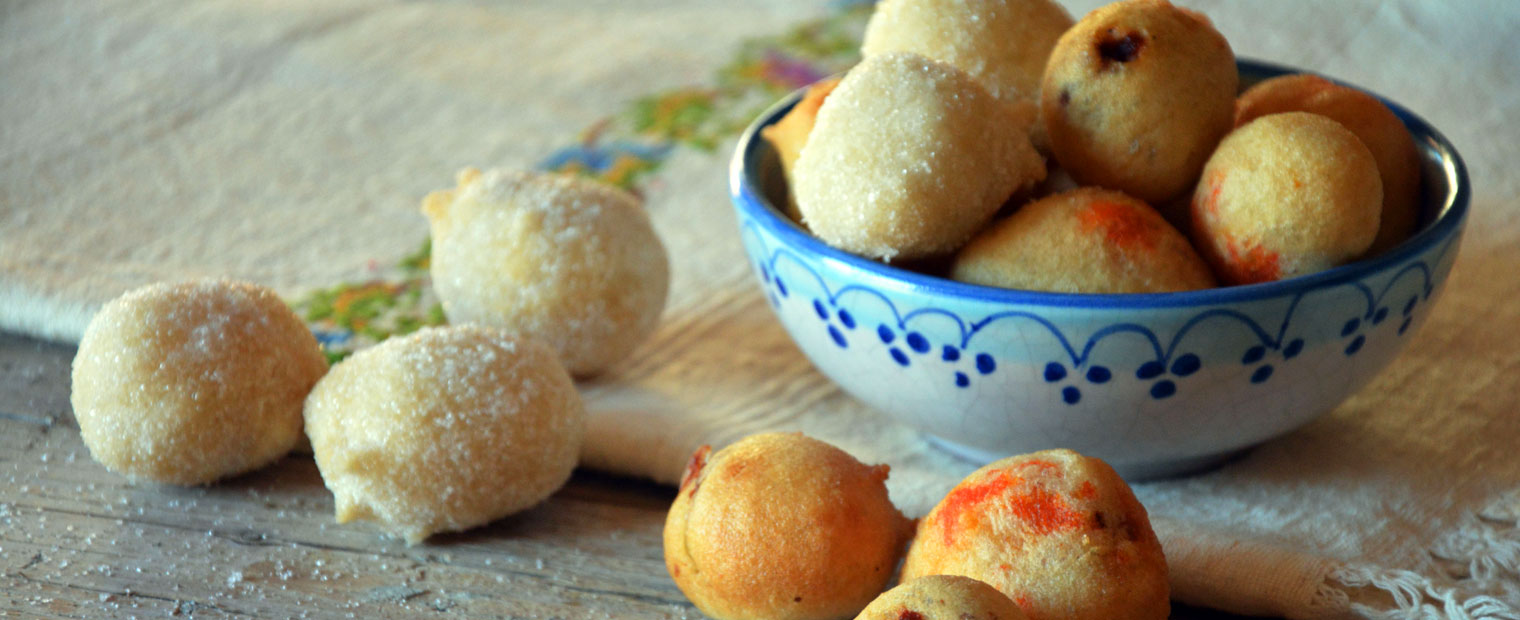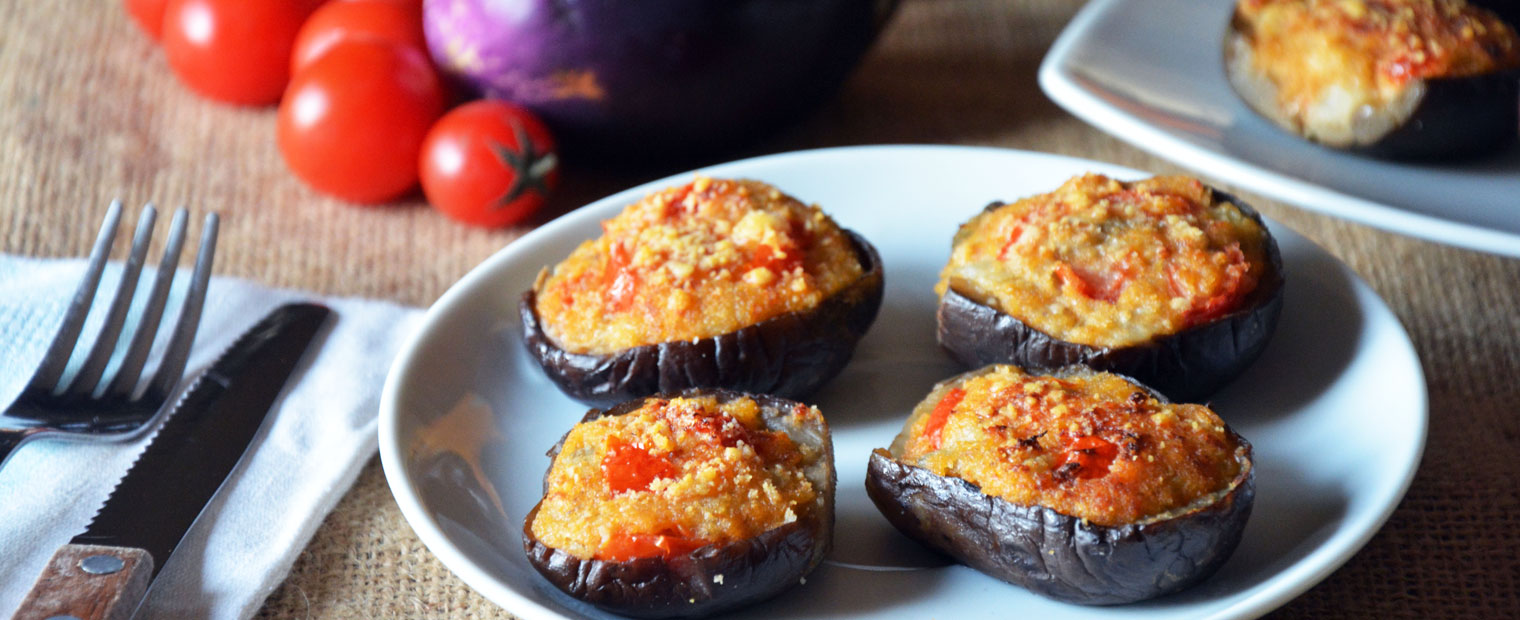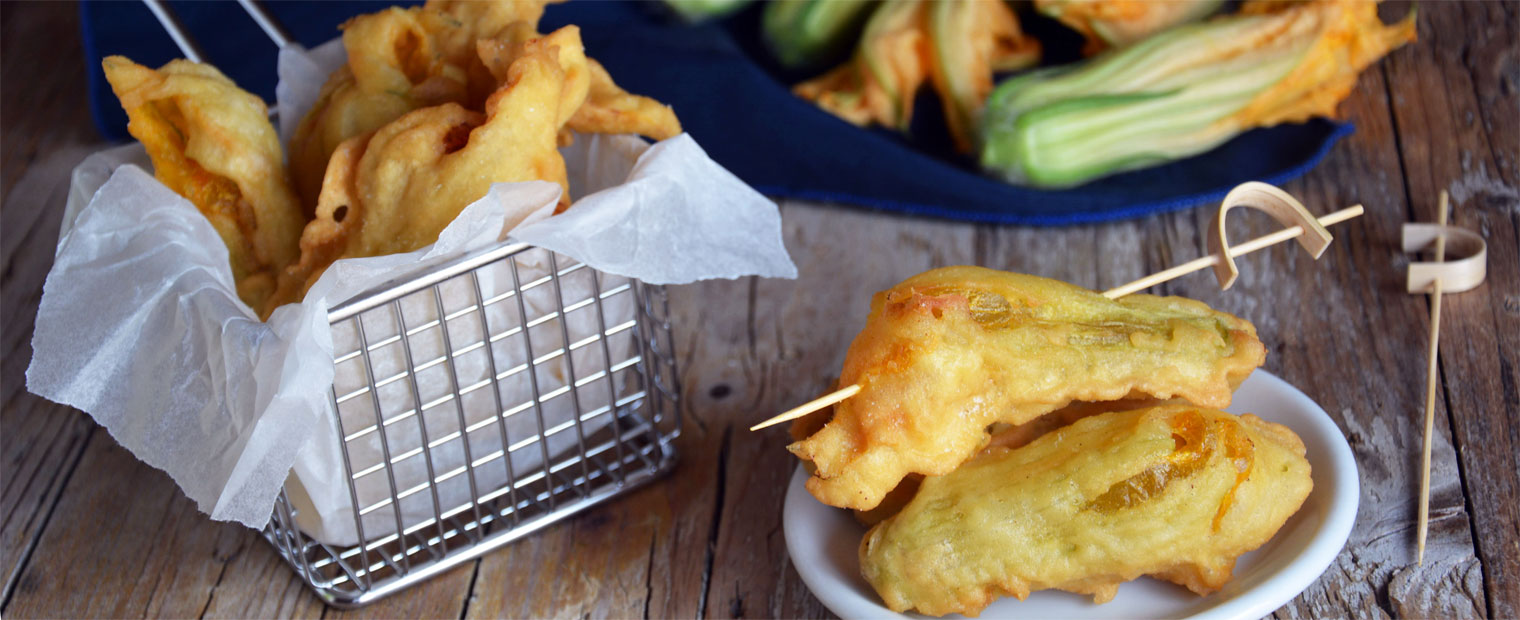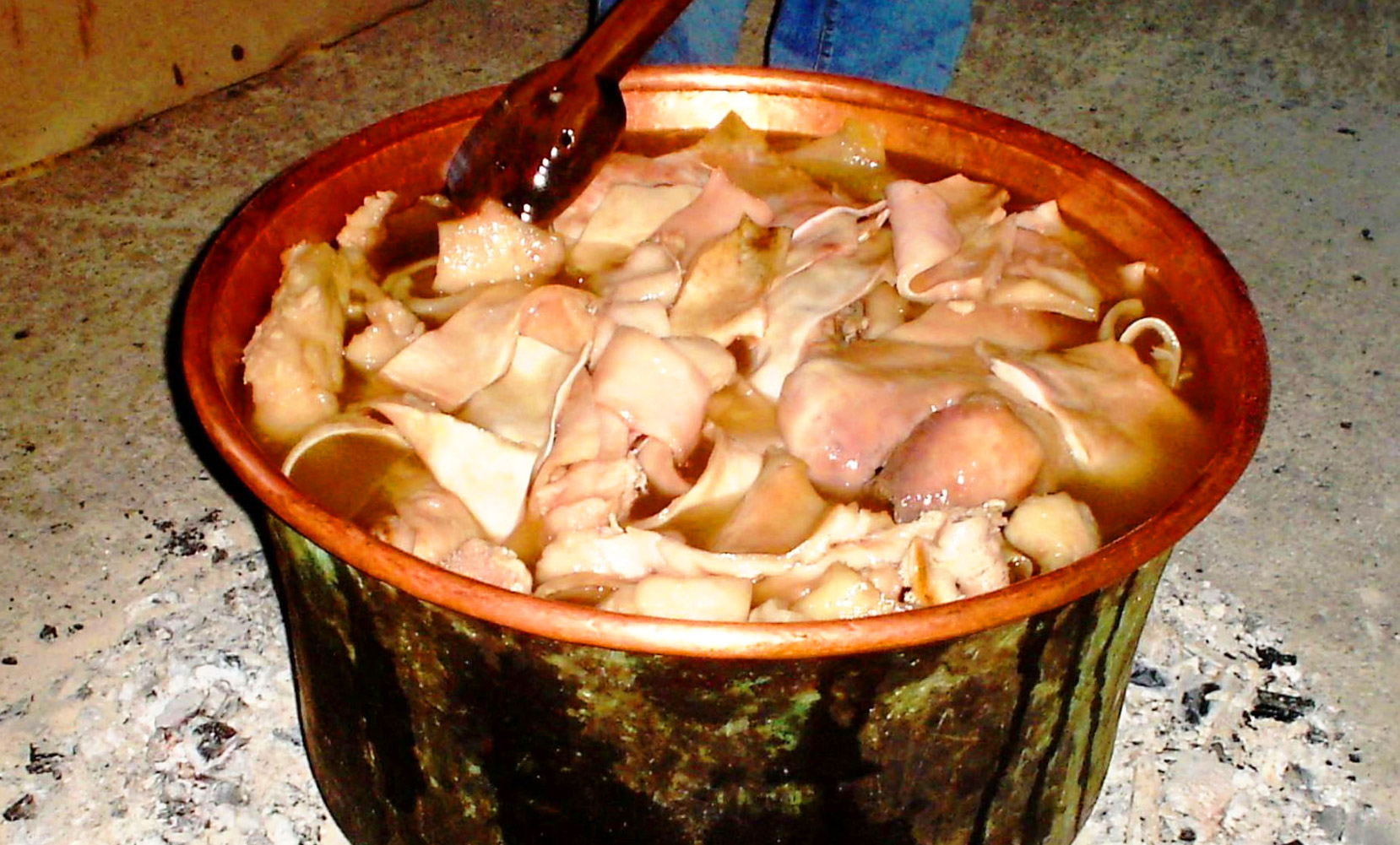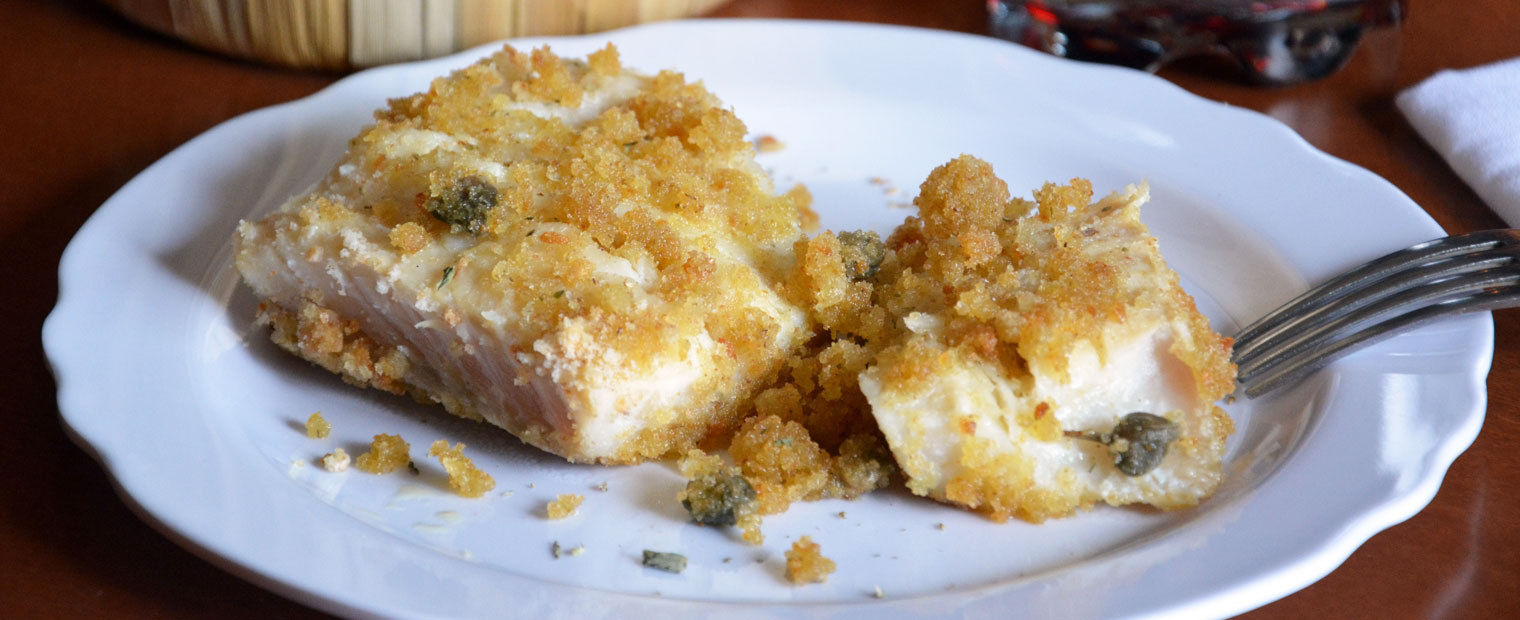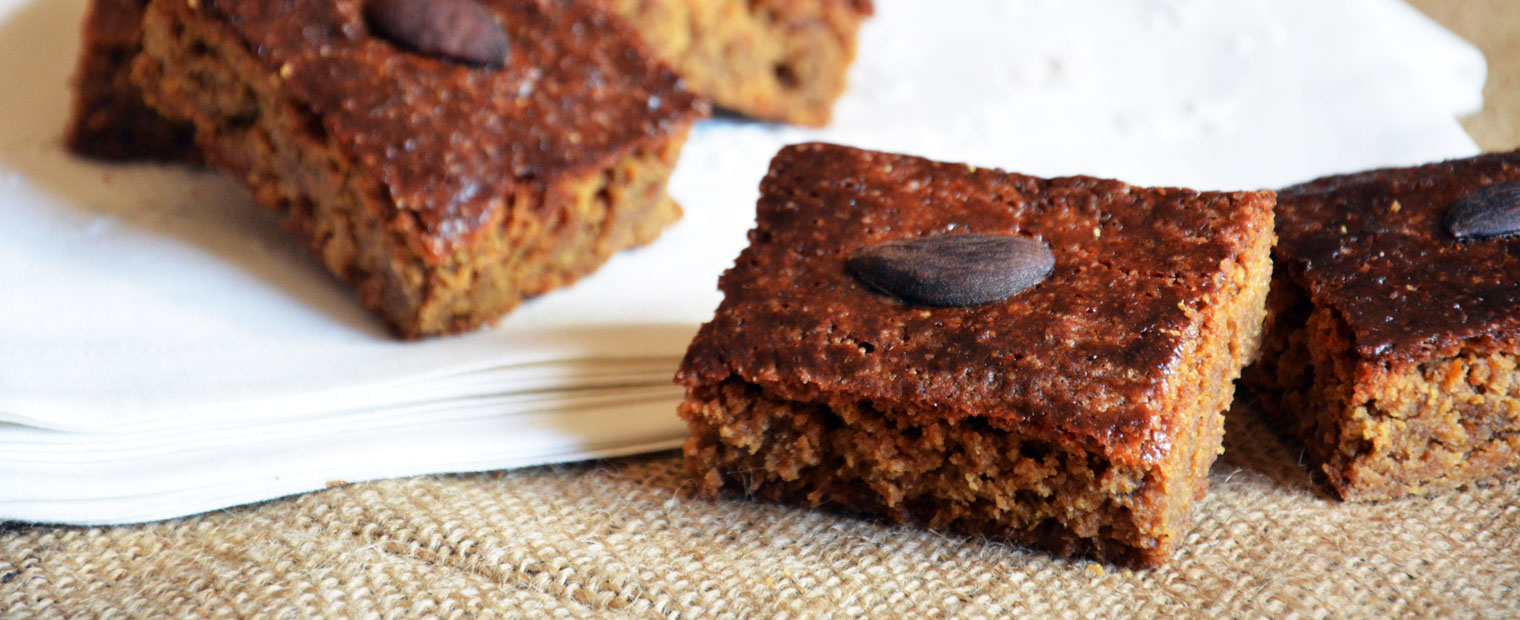Crispelle, in Calabria, are prepared for the Immaculate Conception on December 8th, as well as Christmas and New Year’s Eve dinner. There are no festivities in the month of December that do not include these small, leavened dough fritters that are brought to the table as hot and fragrant, which are eaten as an appetizer or at the end of dinner, coming in different variants such as ricotta, anchovies, or sugar.
Uncertain origins, but an unforgettable taste
The origins of the crispelle—whether with or without anchovies, salted, or covered with white sugar, over the years also including varieties with ‘nduja, ricotta cheese, dried tomatoes and chocolate—are uncertain, often confused in history. Some attribute the original recipe to the French, others to Latin, and there are even references to ancient Greece. What is certain is the speed with which they will disappear from the table, devoured one after the other!
DID YOU KNOW THAT …?
The people of Reggio, on Christmas and New Year’s Eve, often have a lunch that will include only the anchovy and sugar varieties of the fritters, as a typical Calabrian dinner will be waiting for them in the evening!
The secrets of great success
The crispelle are composed of simple ingredients, yet they demand three fundamental rules for their optimal success: it is necessary to prepare the dough in the evening and let it rest all night; it must also be worked with energy and speed, beating the dough against the sides of the container until it comes off by itself from the edges; as soon as the crispella is dipped in the frying oil, it begins to gild and must be removed, without risking that is burned. It is advisable to eat them while they are hot and crunchy. Choose whether to pair them with cold cuts, cheeses, or excellent wine!
